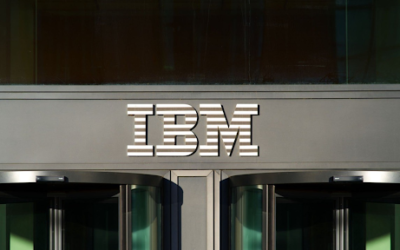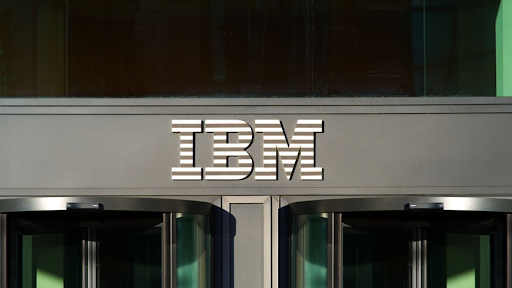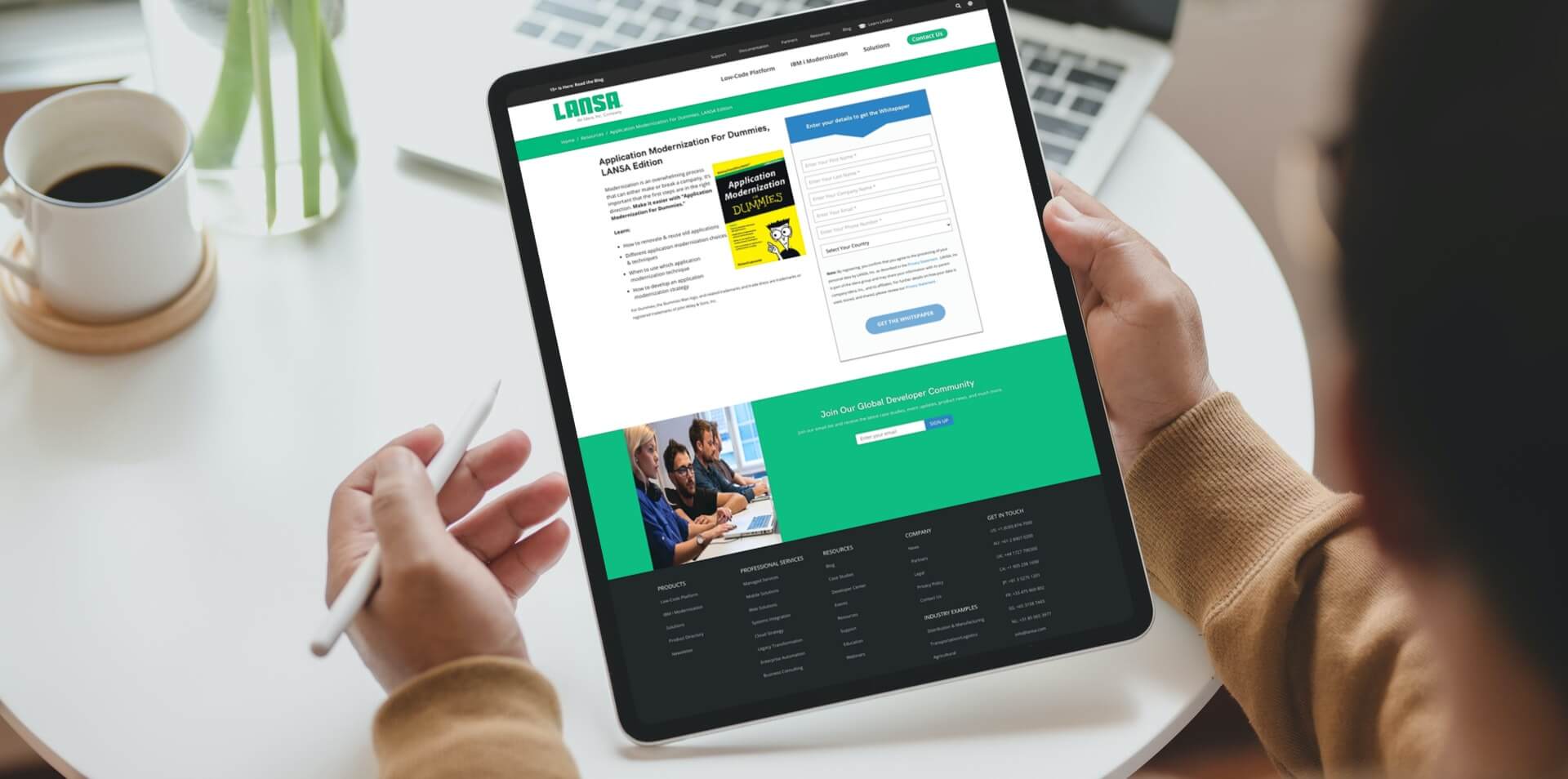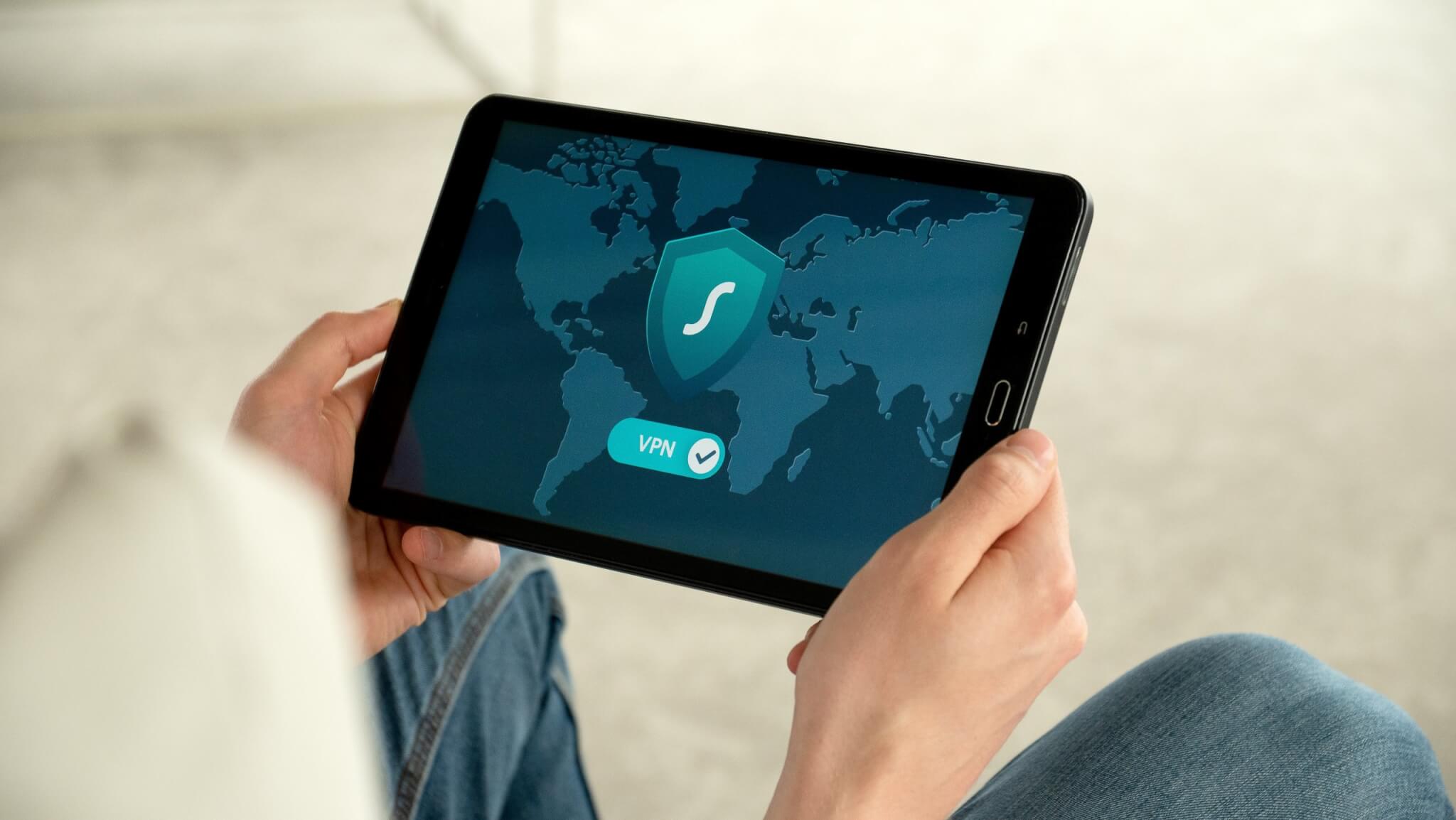In the modern digital era, businesses need to add creativity and productivity in their IBM i application development process. Many people think that creativity is organic, unpredictable, and difficult to measure; it only comes with knowledge and experience. While productivity is a planned and organized work structure that is connected to performance metrics, using different IBM i application modernization tools, businesses can increase their productivity. But, it is important to balance both creativity and productivity in business processes.
In this article, we will see how we can find a balance between creativity and productivity in the IBM i application development process.
Why it is necessary to bring creativity to digital transformation?
Today, the importance of creativity is greater than ever. The current pandemic situation has forced organizations to quickly adapt and think differently to survive and remain relevant.
Creativity encourages us to come up with new ideas, which is essential for digital transformation initiatives that require cultural change, including a shift in long-held methodologies and an embrace of innovative approaches. As leaders in the IBM i application development, we want to develop our creativity and motivate others to do the same. Here, we will discuss the following methods that will help you bring creativity to your digital transformation initiatives:
- Give yourself extra time to generate innovative ideas and adapt divergent ways of thinking instead of following the previously implemented methods.
- Adapt an agile approach instead of using existing methodologies.
- Focus on lifelong learning. Do more experiments in your daily routine. In digital transformation, developers learn new things from more experiments and deliver new business changes quickly.
- Integrate project management automated tools in your daily routine work that will also save your time and cost.
As Edward de Bono shared their concept of creativity, “Creative thinking is not a talent, it is a skill that can be learned. So, it empowers people by adding strength to their natural abilities, which improves teamwork, productivity, and, where appropriate, profits.“
How does it destroy creativity when developers focus more on productivity?
We are all aware of productivity hacks and tools that can increase our workdays and help us to get from A to B as quickly as possible. Adrienne Gormley, however, thinks that the term “productivity” implies laziness and is not a need of modern culture.
When software developers focus more on productivity, overall it destroys creativity. For example, if a business has some strict deadlines to complete a project. Developers feel rushed when working under deadline pressure since they have a set amount of time to finish the task. As a result, creativity suffers because there are fewer alternatives open due to the tight timeline.
Similarly, when people spend their time focused on completing a to-do list, It can be challenging to create a favorable environment for creativity. Creativity needs freedom. Software developers can come up with new innovative ideas if we create a peaceful environment and give them freedom in terms of time and new experimentation.
Does creativity hinder productivity or does it drive it?
Creativity drives productivity. It doesn’t hinder it. Here are three ways that fostering creativity in your business will increase productivity:
-
Promotes working without boundaries and fosters innovative thinking.
Business leaders must first support and promote innovative, creative thinking. This practice generates the next big ideas and supports strategic planning by getting individuals to consider existing challenges and potential solutions.
The alternative and multiple solutions can be generated through exercises like brainstorming or mind mapping sessions and innovative workshops. However, without creativity, Checklists, task plans, and road maps normally associated with productivity are useless.
-
Promoting an innovative experimental culture
Promoting a culture of experimentation. Encouragement of creativity shows workers they can change their workplace. Therefore, encouraging creativity eliminates the fear of failing.
In addition to encouraging innovative thinking, creating an environment that encourages experimenting in the industries is essential for increasing productivity. The risk of failure that comes with exploration is welcomed by creativity.
Some people might believe that experimenting, or giving workers the freedom to test out novel ideas even if they may fail or deviate from the standard, is the polar opposite of productivity. However, creative exploration is a crucial counterbalance to productivity limitations, giving teams time to find novel solutions and fresh concepts to grow the business.
-
Connecting workers to a meaningful goal
Creativity is a spark that highlights the company’s objectives. Employees work hard to achieve these kinds of specific business goals. So, it is necessary to connect your employees with a meaningful goal. Usually, the business staff is not motivated by the project deadlines. These factors put some extra pressure on the employees that affect the creativity and productivity of a business team.
The major ideas that promote innovation and team engagement are the results of their investments in creativity. The most successful and biggest ideas emerge from creative exploration.
How to integrate creativity into your workflow and optimize productivity?
When we tackle business tasks with the wrong mindset, productivity suffers. Meeting unexpected project deadlines stops creative activities, and we sometimes get distracted by innovative ideas when we should be making decisions.
You can find the ideal balance to manage your time and enhance your creative output. For this purpose, you can organize your thoughts using these five workflow stages:
Problem Analysis: Identify the problem and gather the information that will enable you to understand all the problems and details of the challenges.
Discovery: Promote creative thinking to find the solution to a problem. Make discoveries to troubleshoot specific business issues.
Define: Identify the major problems that, if resolved, would have the most significant impact.
Innovation: Create as many unique and creative solutions as you can, expanding and improving each idea until you’ve run out of alternatives.
Evaluation: Evaluate all creative ideas in the context of the project’s requirements and get feedback from stakeholders to identify how to implement these innovative ideas.
How does LANSA support balancing creativity and productivity in IBM i application development process?
Businesses frequently move towards digital transformation. They will soon modernize or automate their routine work that is linked to productivity. In return, they can put more focus on creative thinking and innovation. LANSA provides tools for modernizing legacy IBM i application development tools running on IBM i. The LANSA IBM i modernizations tools play an important role in balancing creativity and productivity.
Visual LANSA provides a single IDE for both low-code and traditional development. In this approach, you can quickly code the parts of your application that need it and drag and drop the parts where it makes sense to do so.
The Visual LANSA low-code IBM i application development platform enables software developers to develop and deploy IBM i apps faster than traditional development approaches. However, in some cases, you can write your code by following a software delivery strategy for uniqueness. It allows you to switch from traditional to low code techniques, or you can combine both based on your customer’s needs.
LANSA offers more tools that also balance creativity and productivity. LANSA aXes converts IBM i green screens into web and mobile interfaces. However, you can also integrate the existing features of legacy applications into the new IBM i application development.
Are you ready to modernize your legacy applications? If you want to boost your business productivity by using LANSA IBM i modernization tools, you can contact us.



























